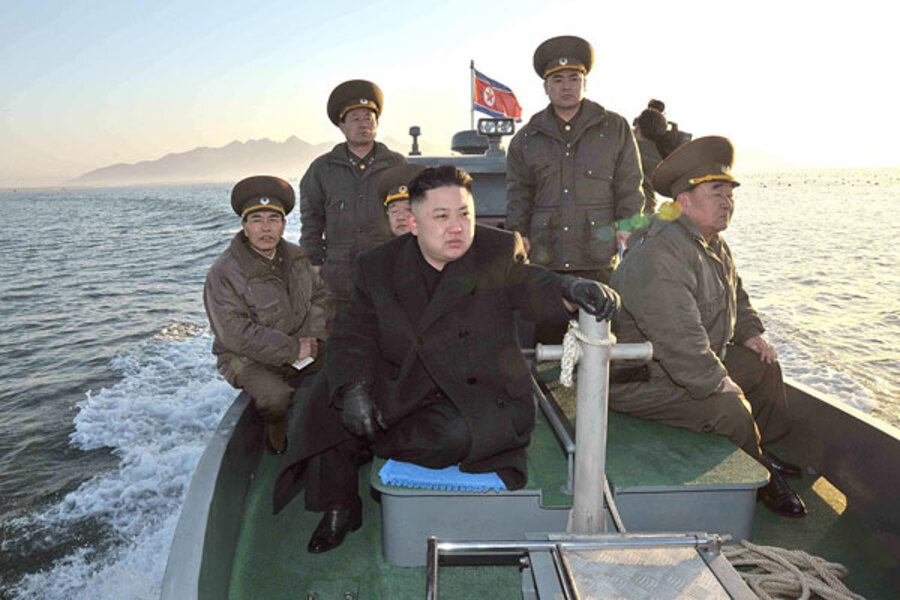The bad news:
Despite an intelligence community focused on the destabilizing effects of nuclear proliferation, “biological and chemical materials and technologies ... move easily in our globalized economy, as do the personnel with scientific expertise to design and use them,” according to the report. “The time when only a few states had access to the most dangerous technologies is past.”
Iran, for its part, “has made progress during the past year that better positions it to produce weapons-grade uranium.”
North Korea’s nuclear weapons and missile programs “pose a serious threat to the United States.” Newly minted dictator Kim Jong-un announced in February that the nation conducted its third nuclear test.
It has also produced “what appears to be a road-mobile” intercontinental ballistic missile, according to the report. “These programs demonstrate North Korea’s commitment to develop long-range missile technology that could pose a direct threat to the United States.”
Equally troubling, North Korea exported ballistic missiles and “associated materials” to several countries in recent years, including Iran and Syria. It has also assisted Syria in the construction of a nuclear reactor.
The good news:
That Syrian nuclear reactor was destroyed in 2007, and while Iran is interested in developing nuclear capabilities in large part to boost its “prestige and regional influence," Iran’s leaders also take a “cost-benefit approach” with regard to their nuclear decisionmaking, the report notes.
This in turn “offers the international community opportunities to influence Tehran.” In this context, the threat assessment concludes that “Iran is trying to balance conflicting objectives: It wants to advance its nuclear and missile capabilities and avoid severe repercussions – such as a military strike or regime threatening sanctions.”
As far as North Korea goes, “because of deficiencies in their conventional military forces, North Korean leaders are focused on deterrence and defense.” The intelligence community assesses that North Korea’s nuclear capabilities are “intended for deterrence, international prestige, and coercive diplomacy.”
That said, “Although we assess with low confidence that the North would only attempt to use nuclear weapons against US forces or allies to preserve the Kim [Jong-un] regime, we do not know what would constitute, from the North’s perspective, crossing that threshold.”





